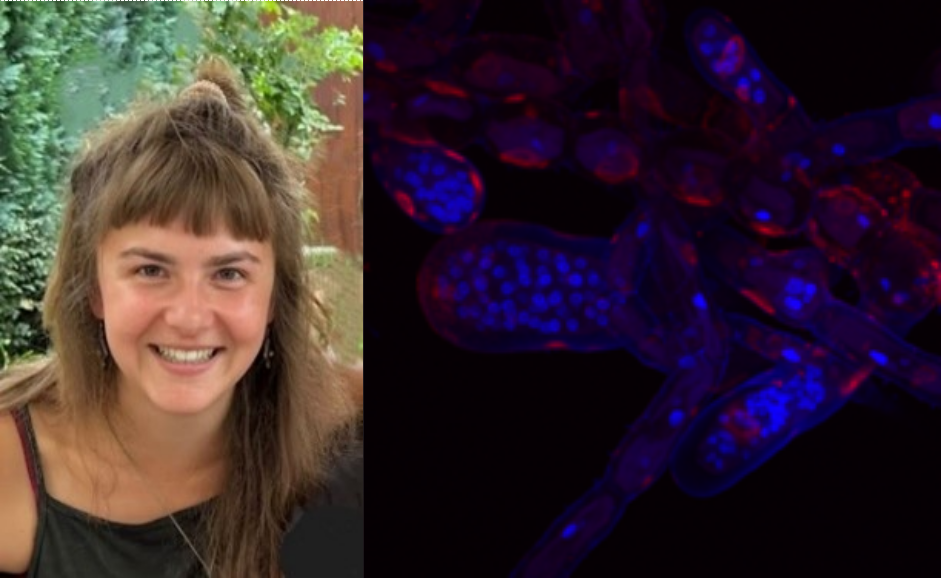Seminar of the Department of Microbiology
MSc Student Session 1
Tamara Altenburger - AG Illmer - University of Innsbruck
Alexander Scheiflinger - AG Neuhauser - University of Innsbruck
11.04.2024, 11:00
- Join online
- or in presence Seminarraum Biologie - Foyer (Technikerstraße 25)

Abstracts
Altenburger: Effect of varying amplitude and frequency of stress factors on abundance, activity and diversity, of soil microorganisms
Temperature and pH are central factors for the abundance, activity and diversity of soil microorganisms. In the natural environment, these factors are not constant but subject to variation. Many studies have focused on the response of soil microorganisms to changes in abiotic parameters like temperature and pH on a linear scale, but the frequency of changes has not been considered in existing studies so far. Therefore, the aim of this work is to investigate, how the amplitude and the frequency of changes in two stress factors (temperature, pH) affect the abundance, activity and diversity of soil microorganisms.
For this study, sterile soil from Matsch (South Tyrol) was reinoculated with non-sterile soil. The soil was then exposed to different temperature and pH variations, i.e. variations in amplitude and frequency, meaning the number of changes per unit of time. After the treatment, soil samples were analysed regarding microbial abundance (cfu), activity (dehydrogenase activity) and diversity (DNA extraction and Illumina sequencing).
We found distinct differences in the above mentioned parameters, describing soil microorganisms between high and low amplitude and also varying the frequency of alteration led to highly significant effects. To fully understand how global change affects soil microorganisms, both constant and fluctuating conditions need to be considered.
Scheiflinger: Unveiling the protistan Effectors: Using a bioinformatic approach to determine the role effector proteins play in Phytomyxean parasite-host interactions
Effector Proteins are small secreted protein used by pathogens and parasites to facilitate invasion of a host. Here, we investigate 2 protistan phytomyxid parasites, Plasmodiophora brassicae and Maullinia ectocarpii, and attempt to characterize putative effector proteins using a bioinformatic pipeline approach coupled with experimental verification. Using Alphafold in combination with the structural alignment tool Foldseek, we identified a potential defense-associated metalloproteinase inhibitor suggested to be involved in facilitating disruption of infection response elements in the host of Maullinia ectocarpii. We subsequently experimentally verified the presence of the metalloproteinase inhibitor in a Maullinia ectocarpii/Ectocarpus siliculosus pathosystem, using single-molecule fluorescent in-situ hybridization. Further, using Alphafold-Multimer to predict effector-host protein interactions, we were able to test 12 candidates from P. brassicae, and 1 candidate from M. ectocarpii, all thought to be involved in manipulations of host cell cycle processes. These we compared against host proteins involved in regulation of the specificity of the Anaphase Promoting Complex. Through these 37 pairwise interactive tests we were able to show the putative effectors were not able to complex with the selected host proteins based on the generated models. We show that tertiary structure prediction coupled with structural alignment, are novel next generation tools which can help identify and characterize effector protein candidates, as well as help predict the interaction between effector protein and host target proteins.
